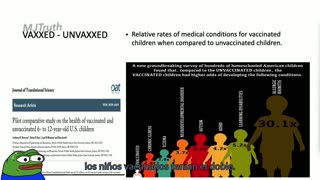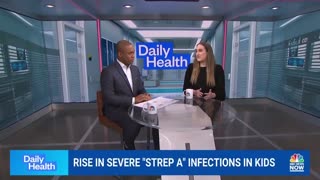Group A strep, child deaths
Group A strep and Scarlet Fever
Most likely
Respiratory viral infections
Group A streptococcus
Invasive Group A streptococcus
Currently high rates in the UK
https://www.gov.uk/government/news/ukhsa-update-on-scarlet-fever-and-invasive-group-a-strep
Higher than normal for the time of year
UK, Notifiable diseases
Week 46, (W/E 19th November) 851 reported cases
(Average is 186 cases)
Close contact, droplets, hands, food
Incubation, 2 to 5 days
Most common, 2 years to 8 years
90% under 10 years
Typically lasts for 7 – 10 days
Rash disappearing in 7 to 10 days
Should be immune for decades or life
Invasive Group A strep (iGAS)
Rare occasions,
bacteria get into the bloodstream
More cases of iGAS,
particularly in children under 10
Scarlet fever
Caused by the bacteria Group A streptococcus
Usually a mild illness
Highly infectious
At increased risk
Elderly
Immunocompromised
Clinical features
Sore throat/tonsillitis
Headache
Fever (38°C / 100.4°F) or above
Painful, swollen glands in the neck
A red tongue (strawberry tongue)
Rash of scarlet fever
Starts 12 to 48 hours after symptoms
Often begins with small spots on the body,
then spread to the neck, arms and legs over the next 1-2 days.
Fine, pinkish or red body rash
It is often 'sand-paper' like to touch (but not itchy)
Darker skin, rash more difficult to see
Sandpapery feel
Diagnosis of scarlet fever / Group A strep less likely
Child who also has a runny nose with their tonsillitis
Antibiotics
Reduce the chance of infection becoming more severe
Stop spread of infection
Penicillin V
Amoxicillin
(Plenty in the UK)
10 days
Finish the course
Home until at least 24 hours after the starting
Possible complications
Occasionally, Group A streptococcus can spread to other areas of the body,
Tonsillar abscesses
Neck lymph node abscesses
Chest infections (pneumonia)
Bone and joint infections (septic arthritis)
Sepsis
Red warning signs
Pale, mottled and feels abnormally cold to touch
Difficulty breathing, grunting noises, indrawing
Cyanosis, skin, tongue, lips
Fit/seizure
Extremely agitated
Non blanching rash
Child is floppy and will not wake up or stay awake
Amber signs
Rapid breathing
Unable to swallow saliva
Features suggestive of scarlet fever
Seems dehydrated, dry nappy
Drowsy or irritable
Shivering or complains of muscle pain
Painful, swollen gland in the neck
Baby is under 3 months and has a temperature of 38°C / 100.4 °F
Baby feels hotter than usual or feels sweaty
Is 3-6 months temperature of 39°C / 102.2°F or above
Continues to have a fever of 38°C or above, more than 5 days
In the week or two after recovering from scarlet fever
Post streptococcal glomerulonephritis
Puffy face/eyelids
Tea 'coca-cola' coloured urine
Post-streptococcal arthritis
Swollen, painful joint(s)
Later
Rheumatic heart disease
Is this a new strain?
High amounts of circulating bacteria
Social indoor mixing
Is this a post lockdown effect?
-
 3:16
3:16
Last World News Channel
1 year agoNinth child dies in Strep A outbreak
51 -
 3:16
3:16
Last World News Channel
1 year agoHospitals Across U.S. Report Rising Strep A Cases Among Kids
13 -
 8:35
8:35
NoVacks4Me
1 year agoSerious Injuries & Deaths For All Vaccinations For All Children Has Skyrocketed!
882 -
 6:36
6:36
gjslobe
8 months agoChildhood Vaccines ARE Destroying Our Children. Look at the graphs 📊!
170 -
 2:51
2:51
Last World News Channel
1 year agoHospitals Report Rise In Severe 'Strep A' Cases In Kids
7 -
 3:15
3:15
Mike Martins Channel
1 year agoLocals dying from RSV, Respiratory Syncytial Virus Infection , inflammation of the small airways
1.04K3 -
 8:35
8:35
Sunfellow On COVID-19
1 year agoSerious Injuries & Deaths For All Vaccinations For All Children Has Skyrocketed!
45.6K28 -
 4:21
4:21
Last World News Channel
1 year agoExpert calls for Strep A vaccine after three children die
901 -
 2:01
2:01
Last World News Channel
1 year agoStrep: Official figures show 19 children have died across the UK
9 -
 1:07
1:07
Biological Medicine
1 year ago5-month old baby killed by VAXELIS & SYNFLORIX poison injections
1.06K2